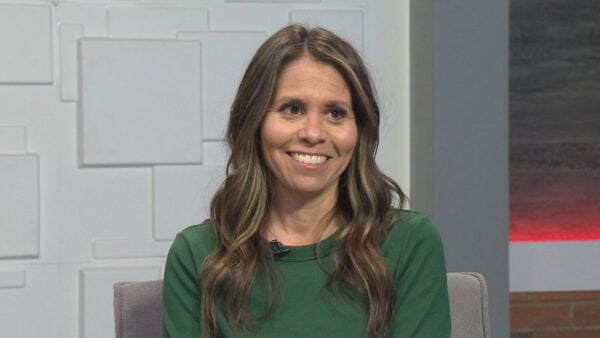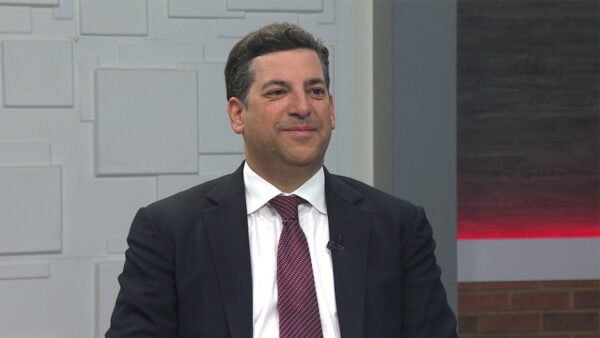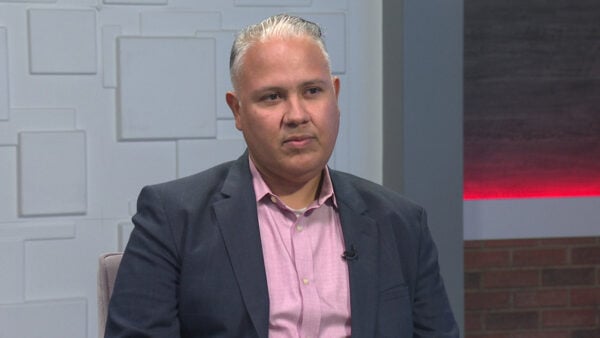How clay is being used to kill bacterial infections
Feb. 10, 2021
Steve Filmer, from the Catalyst, shows us how a team is working with engineers and chemists to create an instrument that takes less than two hours to see if an infection is resistant to antibiotics. It also is to develop skin glues to prevent a wound infection!
Kelly Magleby is a primitive potter. She was working at a wilderness program for troubled youth when she learned some of her skills. She found pottery shards and has experienced the culture of the Anasazi. She loves the thought of them getting the materials from the land around them to make pottery. She thinks it’s a great connection to the landscape. Clay is being used for other things besides pottery now. Shelley Haydel (Ph.D.), Infectious Disease Microbiologist at Arizona State School of Life Science, and her team are working to develop skin Glooze to prevent wound infections and more.
They talk about Haydel’s mother and how it all started. Her mother’s thumb was infected with MRSA (Methicillin-resistant Staphylococcus aureus). This inspired her! They use the clays as an antibacterial to treat skin infections and more. Most of the clays are filled with minerals and ions that can be used to supply nutrients. They go through how they find those nutrients and find substances that can kill bacteria. They talk about the challenges of working with clays and how they solved those challenges. Haydel thinks this can be “one solution of many” and another tool to help with infections.




















